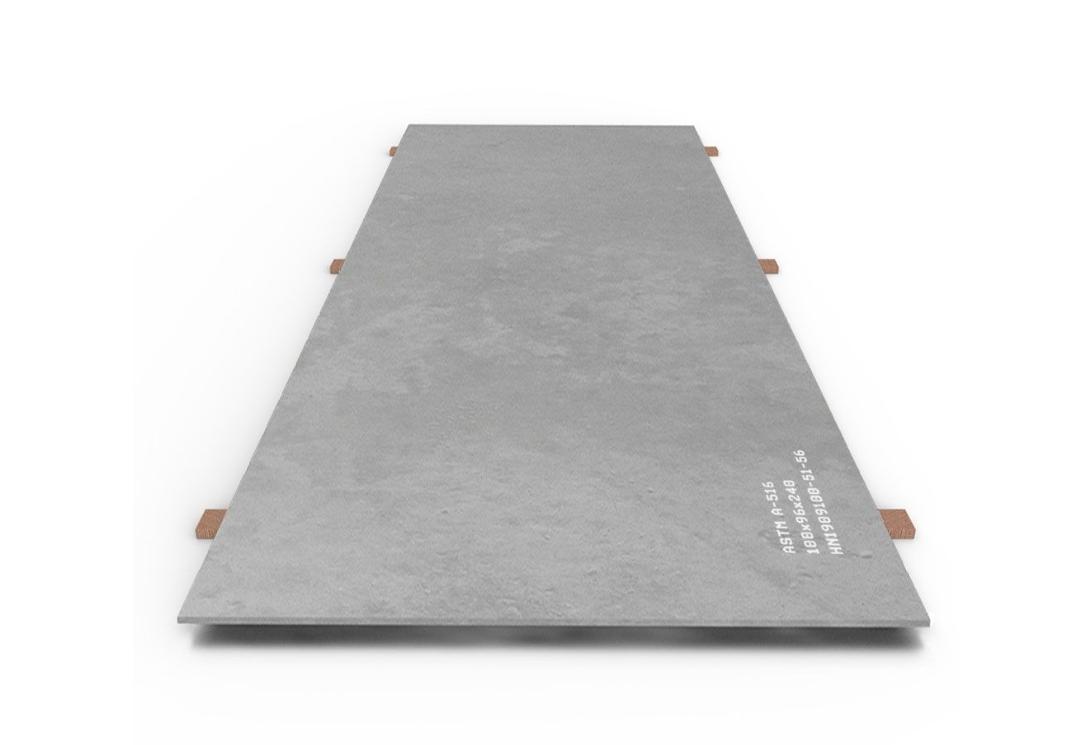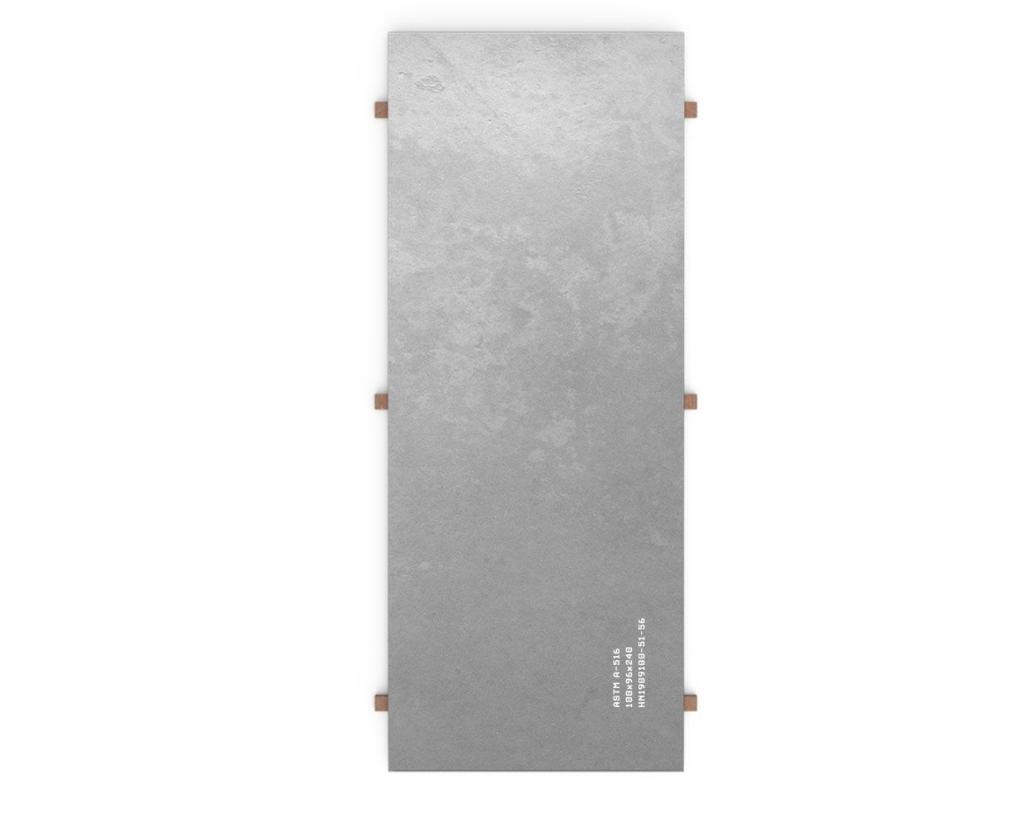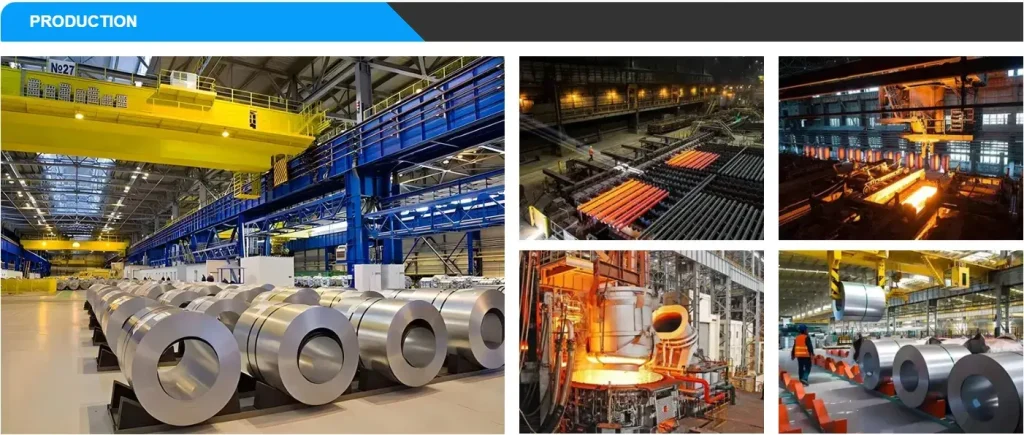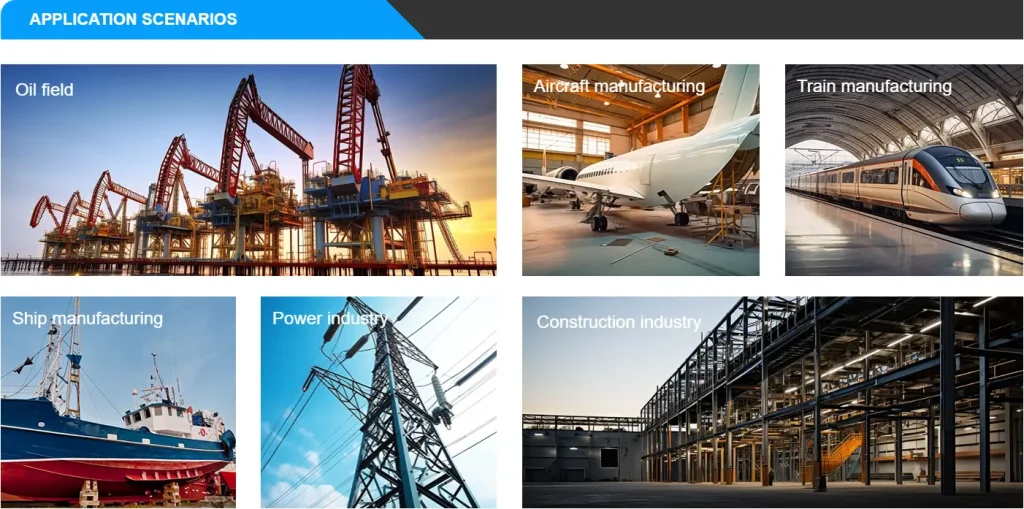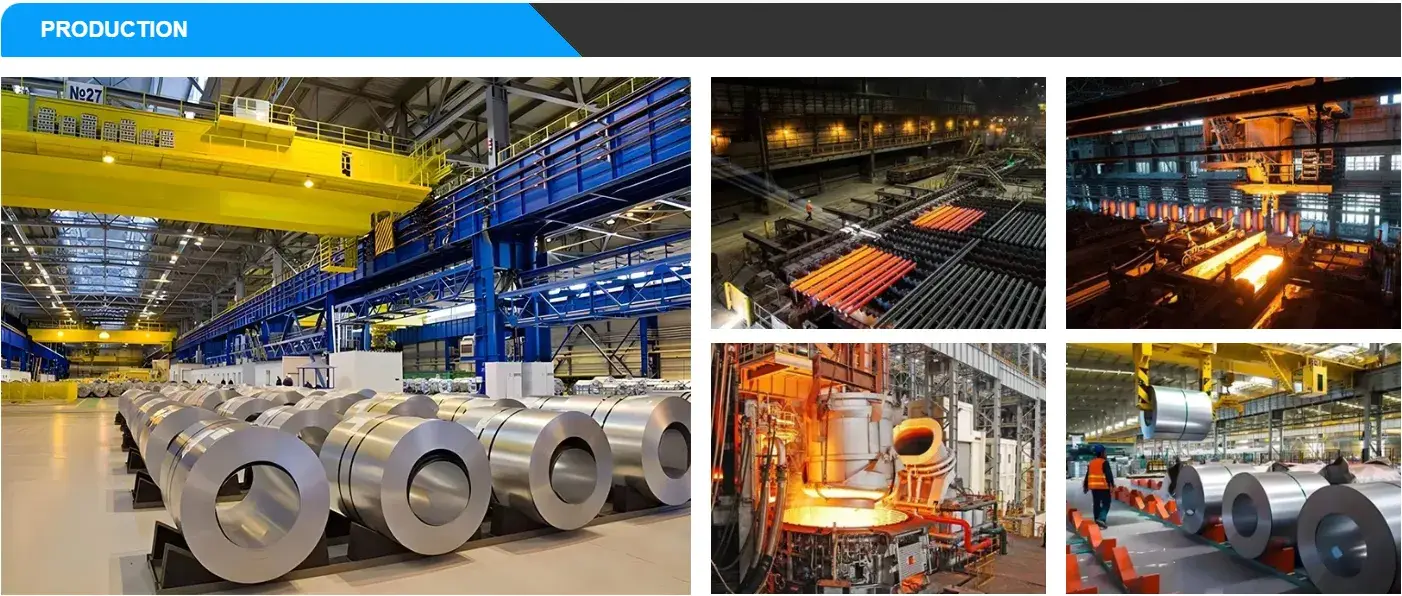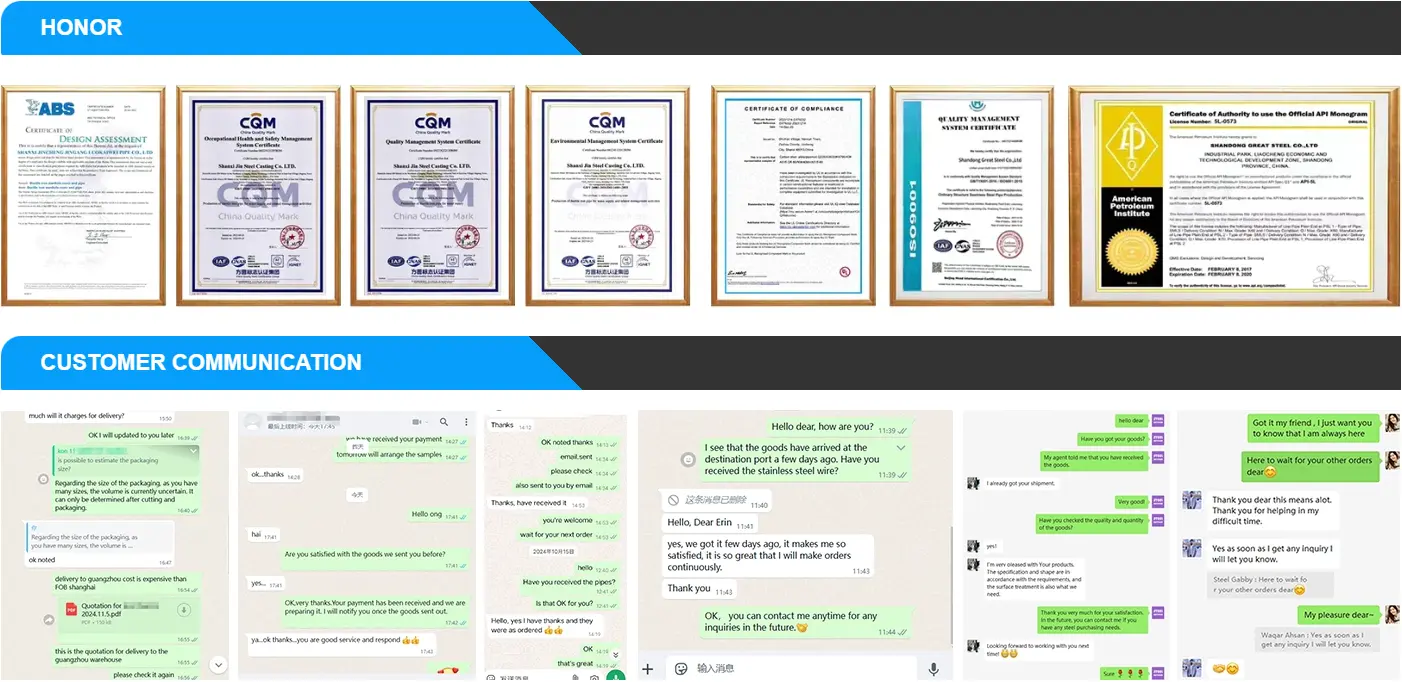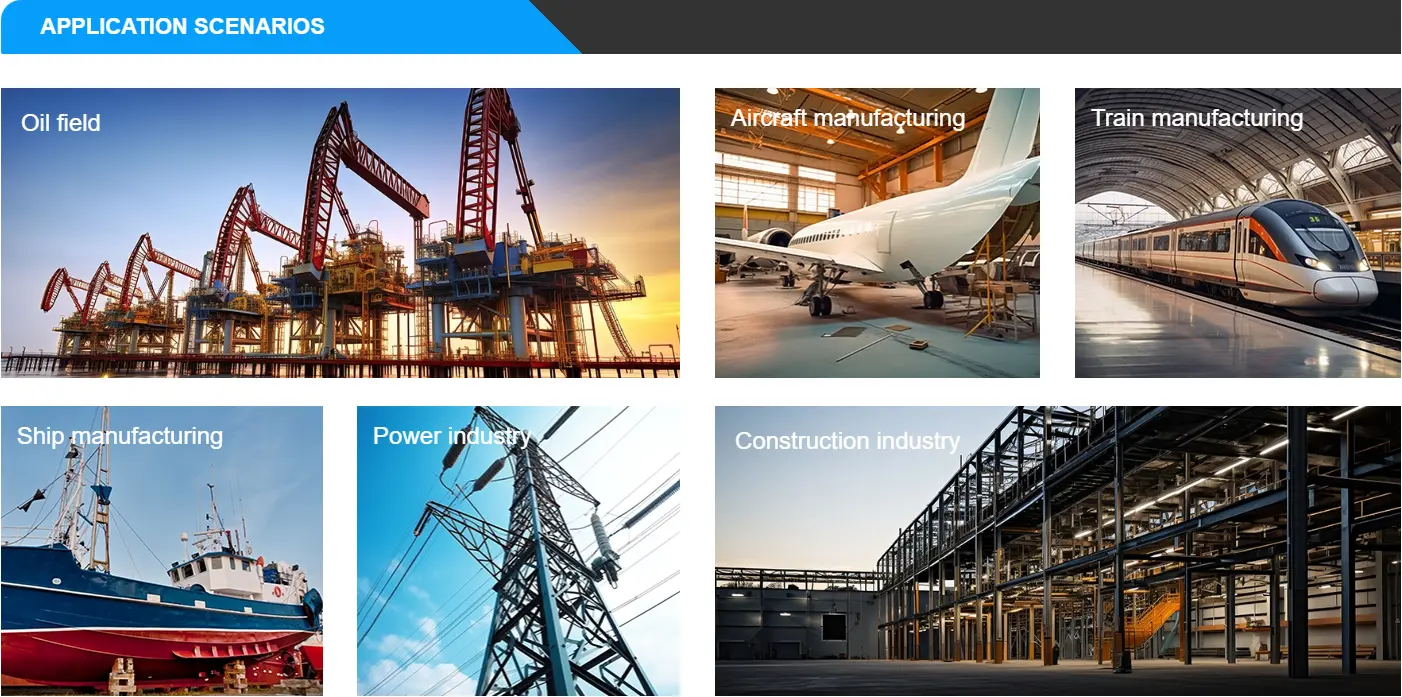Introduction to ASTM A516 Steel Plate
ASTM A516 steel plate is a versatile, carbon steel product specifically designed for use in welded pressure vessels, particularly at moderate or lower temperatures. This steel grade is known for its excellent notch toughness and is commonly used in industries requiring resistance to pressure and temperature variations.
Key Features of ASTM A516 Steel Plate
-
Available in four distinct grades: 55, 60, 65, and 70.
-
Typically supplied in as-rolled or normalized conditions, depending on thickness.
-
Commonly used for construction of pressure vessels, heat exchangers, and boilers.
-
Often referred to as PVQ (Pressure Vessel Quality) A516 steel.
Comparison Table: ASTM A516 Grades Overview
| Grade | Thickness Range | Yield Point (ksi) | Tensile Strength (ksi) | Elongation % (8″ Test) |
|---|---|---|---|---|
| A516-55 | 3/16″ – 8″ | 30 | 55-75 | 23 |
| A516-60 | 3/16″ – 8″ | 32 | 60-80 | 21 |
| A516-65 | 3/16″ – 8″ | 35 | 65-85 | 19 |
| A516-70 | 3/16″ – 8″ | 38 | 70-90 | 17 |
Material Specifications and Chemical Composition
Grade 55
-
Carbon Content (max):
-
≤ 1/2″ thick: 0.18%
-
1/2″ & ≤ 2″ thick: 0.20%
-
2″ & ≤ 4″ thick: 0.22%
-
4″ & ≤ 8″ thick: 0.24%
-
8″ thick: 0.26%
-
-
Manganese Content:
-
≤ 1/2″ thick: 0.60-0.90%
-
1/2″ thick: 0.60-1.20%
-
-
Phosphorus max: 0.025%
-
Sulfur max: 0.025%
-
Silicon Content: 0.15-0.40%
Grade 60
-
Carbon Content (max):
-
≤ 1/2″ thick: 0.21%
-
1/2″ & ≤ 2″ thick: 0.23%
-
2″ & ≤ 4″ thick: 0.25%
-
4″ thick: 0.27%
-
-
Manganese Content:
-
≤ 1/2″ thick: 0.60-0.90%
-
1/2″ thick: 0.85-1.20%
-
-
Phosphorus max: 0.025%
-
Sulfur max: 0.025%
-
Silicon Content: 0.15-0.40%
Grade 65
-
Carbon Content (max):
-
≤ 1/2″ thick: 0.24%
-
1/2″ & ≤ 2″ thick: 0.26%
-
2″ & ≤ 4″ thick: 0.28%
-
4″ thick: 0.29%
-
-
Manganese Content: 0.85-1.20%
-
Phosphorus max: 0.025%
-
Sulfur max: 0.025%
-
Silicon Content: 0.15-0.40%
Grade 70
-
Carbon Content (max):
-
≤ 1/2″ thick: 0.27%
-
1/2″ & ≤ 2″ thick: 0.28%
-
2″ & ≤ 4″ thick: 0.30%
-
4″ thick: 0.31%
-
-
Manganese Content: 0.85-1.20%
-
Phosphorus max: 0.025%
-
Sulfur max: 0.025%
-
Silicon Content: 0.15-0.40%
Step-by-Step Guide for Selecting ASTM A516 Steel Plate for Your Project
Step 1: Determine Your Thickness Requirements
-
Grade 55: Ideal for thinner plates up to 1.5 inches.
-
Grade 60: Suitable for medium thickness (up to 2 inches).
-
Grade 65: Best for applications that require slightly higher strength and thickness up to 4 inches.
-
Grade 70: For the highest strength needs, typically used in plates over 4 inches.
Step 2: Assess the Required Strength
-
If you need moderate strength for low-pressure applications, Grade 55 or Grade 60 will suffice.
-
For higher strength, Grade 65 or Grade 70 is ideal.
Step 3: Evaluate Elongation Needs
-
If ductility (the material’s ability to stretch before breaking) is important, Grade 55 offers the highest elongation at 23%.
-
For applications requiring more rigid structures, Grade 70’s lower elongation rate (17%) is more suited.
Step 4: Choose Between As-Rolled or Normalized Conditions
-
As-Rolled: Plates under 1.5 inches thick typically come in as-rolled condition.
-
Normalized: Plates thicker than 1.5 inches are generally normalized for better toughness and strength.
Step 5: Confirm Material Certifications and Specifications
-
Ensure your steel plate meets the Mill Test Report specifications and the exact grade you need.
-
Select grades that have multi-grade certifications if applicable to meet your project’s needs.
Practical Checklist for Selecting ASTM A516 Steel Plate
-
Thickness: Choose the appropriate thickness based on your structural needs.
-
Grade Selection: Determine if Grade 55, 60, 65, or 70 is needed based on strength, toughness, and elongation.
-
Condition: Decide whether you need as-rolled or normalized steel plates based on the application.
-
Specifications: Verify the chemical composition and mechanical properties using the Mill Test Report.
-
Certification: Ensure the material certification matches your project requirements.
Conclusion
Choosing the right ASTM A516 steel plate involves understanding the material’s mechanical properties, thickness, and the specific requirements of your project. By carefully evaluating the grade, thickness, and steel condition, you can optimize the performance and durability of your pressure vessel or structural application. Ensure to consult with suppliers like Leeco Steel for further details and expert advice to get the best material for your needs.
Product Show
Supplier of various types of carbon steel
Luo Kaiwei Steel Company is a comprehensive steel supplier that produces a variety of carbon steel plates, carbon steel pipes, galvanized steel, carbon steel coils, and steel profiles.


